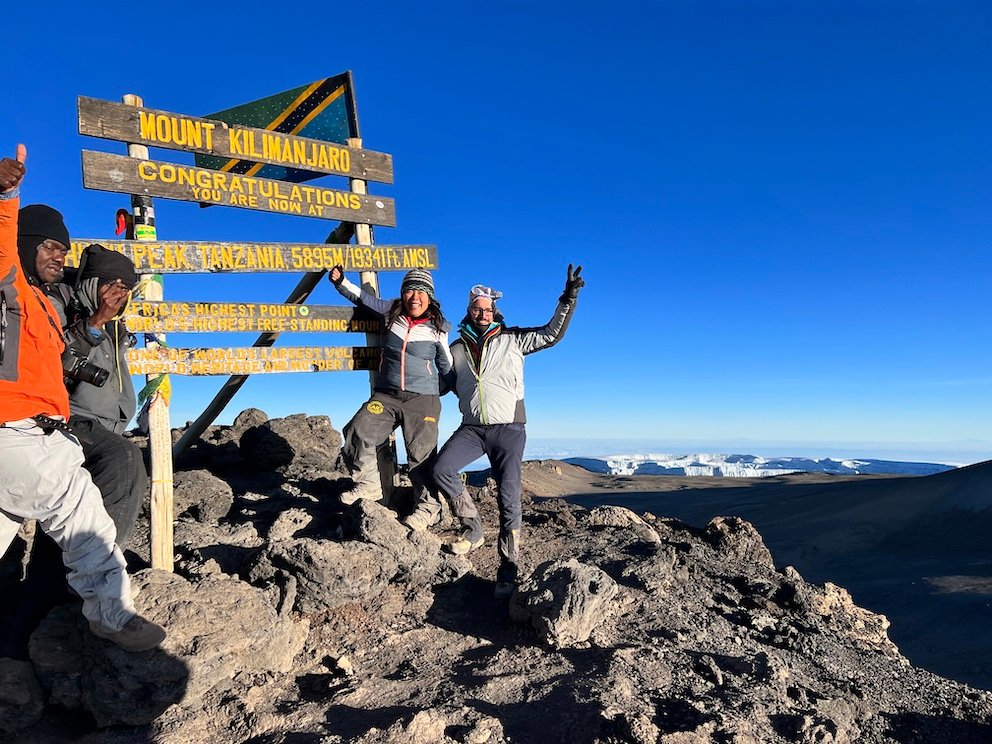Today we will be completing the Machame Route on Kilimanjaro. Our walk today will bring us from 3100m at Mweka Camp to the trail end at 1800m at Mweka Gate. We woke for breakfast at the leisurely hour of 7am today. With no mountain to summit, we had the luxury of time this last day of the trek.
This post includes affiliate links. If you make a purchase via one of these links, I may receive a small percentage at no extra cost to you.

Alberto and I were served breakfast after we finished packing our bags for the porters. Before we headed out, our entire trekking team: our guides, cooks, porters, waiter got together and performed an amazing goodbye song and dance for us. We had about 10 people supporting us on our trek, and it was humbling to see how many people are needed to support just 2 people climbing Kilimanjaro.
After saying our goodbyes to the rest of the team, Alberto and I headed out with the guides at a leisurely pace towards Mkweta gate and the Kilimanjaro visitor’s centre at the trek’s end where we would get our Kilimanjaro completion certificates.
The scenery this last day was beautiful as we were hiking on a trail surrounded by lush forest. The downhill nature of this section of the trail seemed less jarring than the day before given we now had a full night’s rest under our belts. The trek today was relatively easy save for some muddy sections that called for some more careful navigation/footwork.
We arrived at the Killimanjaro visitor’s centre around noon. The modern building surrounded by impeccably manicured gardens could not stand in more stark contrast to our rustic living conditions in the past few days. When a beautiful female staff member walked by wearing a pair of strappy heels – Alberto and I just looked at each other in amusement. Killimanjaro is one of the crown jewels of tourism in Tanazania – and likely accounts for a non-insignificant portion of its annual GDP. So in some ways I suppose it stands to reason that the government-run center would be so elegantly appointed – even to the point of hiring beautiful staff members.
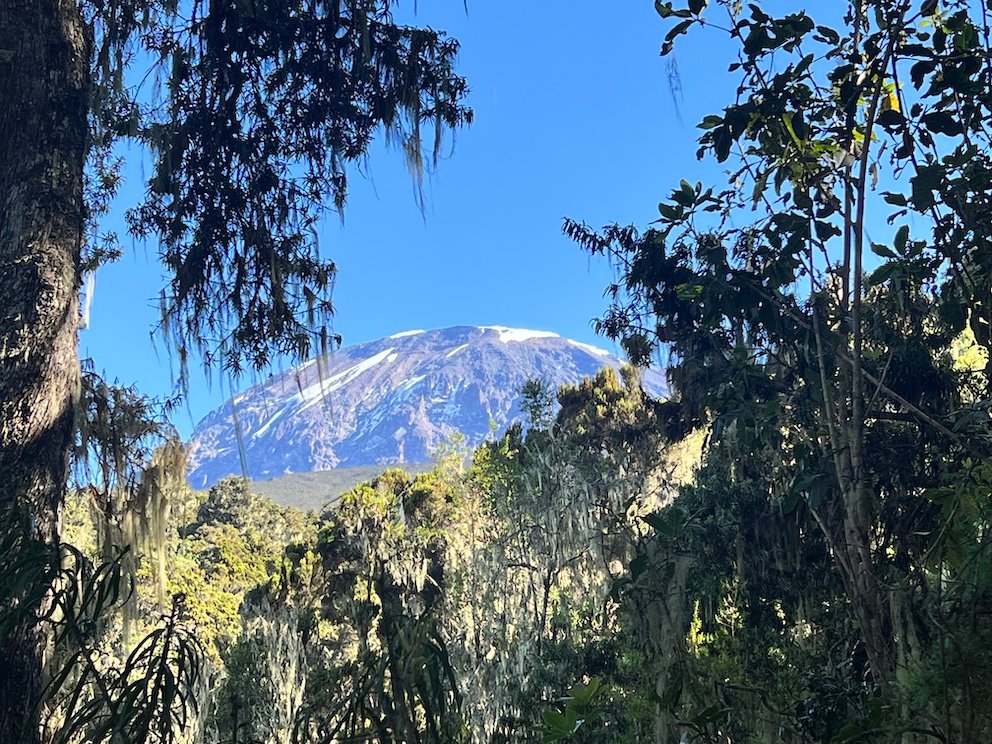
After our guides presented our completion information to the office, were were led inside to receive our Killimanjaro completion certificates which included our names, ages, and exact time we made the summit. We headed back to the Springland hotel shortly afterwards for one more night – but not before I used the toilets at the visitor centre. These were the first flush toilets I had used in nearly a week, and the cleanest ones in all of Tanzania. Using them made me have a flashback to the pit toilet with the tilted rotten floor back at Machame Camp. What a contrast indeed.
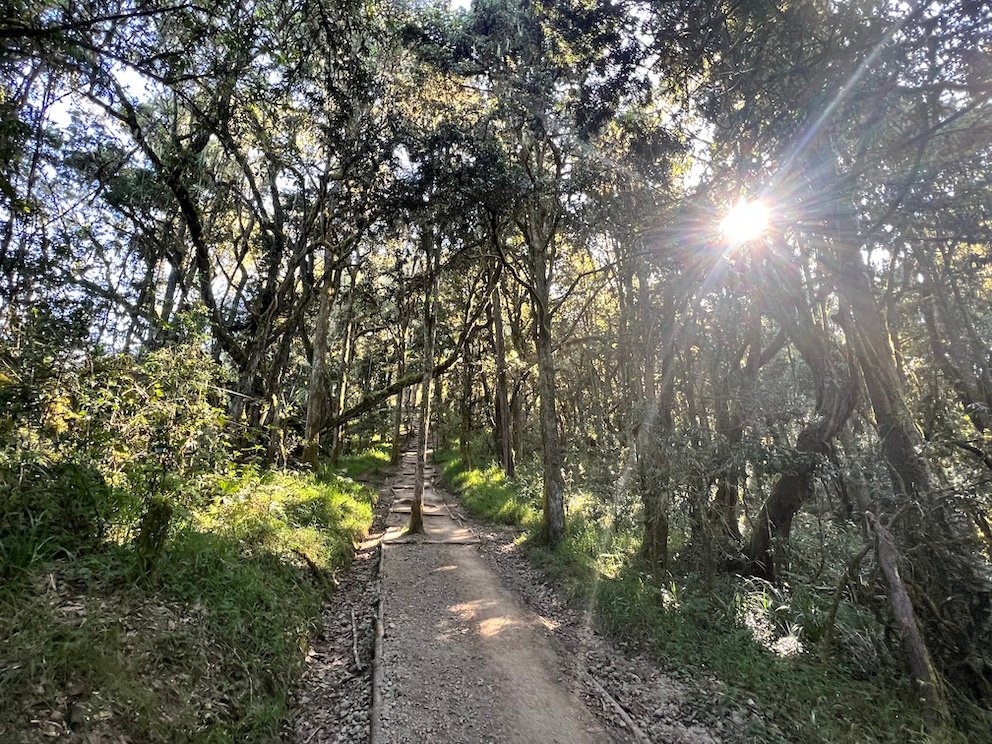

On the way back to Moshi, we stopped by a gift shop selling artisan goods, coffee and souvenirs, before stopping by an ATM for those of us who needed to get cash. It is typical to tip about $50USD a day (around $300USD per trip) for a Kilimanjaro trek to the guides and your support team, but you do not need to carry this much cash with you if you do not wish to do so, as the guides will take you by an ATM to withdraw cash should you need it at the end of the trek. They accept tips in USD, Euros and local currency.

Back at the Springland hotel, we were assigned our rooms for our final night in Moshi. We quickly showered, and went to meet our guides to receive our completion certificates, and give them their tips. After saying our goodbyes, we indulged in a delicious buffet lunch and beers – the best food and drink in days – in part because I was finally able to eat without feeling queasy.

That evening I sat at the same table for dinner with a local Tanzanian woman who had just returned from a Kilimanjaro trek on the Marangu route. She was also on a 6 day trek like me, but she failed to make the summit. Her oxygen saturation was too low by summit evening for the guide to allow her to attempt the summit, so she along with a few others from her party – with similar health indicators – had to abandon their attempt. I wondered about Elke the 70 year old German woman who was attempting a 9 day Lemosho route, and hoped she was faring well – I certainly had a new appreciation of her achievement and also what can be done at advanced ages with determination after having summited Kilimanjaro myself now. I found out later that Elke made the summit again.


Final thoughts on Completing the Machame Route on Kilimanjaro:
Completing the Machame Route on Kilimanjaro was easily the hardest thing I have ever done. Looking back however, climbing Kilimanjaro didn’t have to necessarily be that dramatically hard. Things would have been far easier had I just chosen a longer trek. One extra day of acclimatization can do wonders for increasing the likelihood that one makes the summit. The schedule on a 6 day trek on the Machame route is incredibly punishing. Day 4 on a 6 day trek sees you doing two days in one when you are already exhausted and at high elevation – it’s a bit of a recipe for disaster. 6 day treks have a completion rate of 60-65%. I would strongly recommend treks of a minimum of 7 days (80%+ completion rate). Treks of 8 days or longer have a 90%+ completion rate. Basically the longer the better.
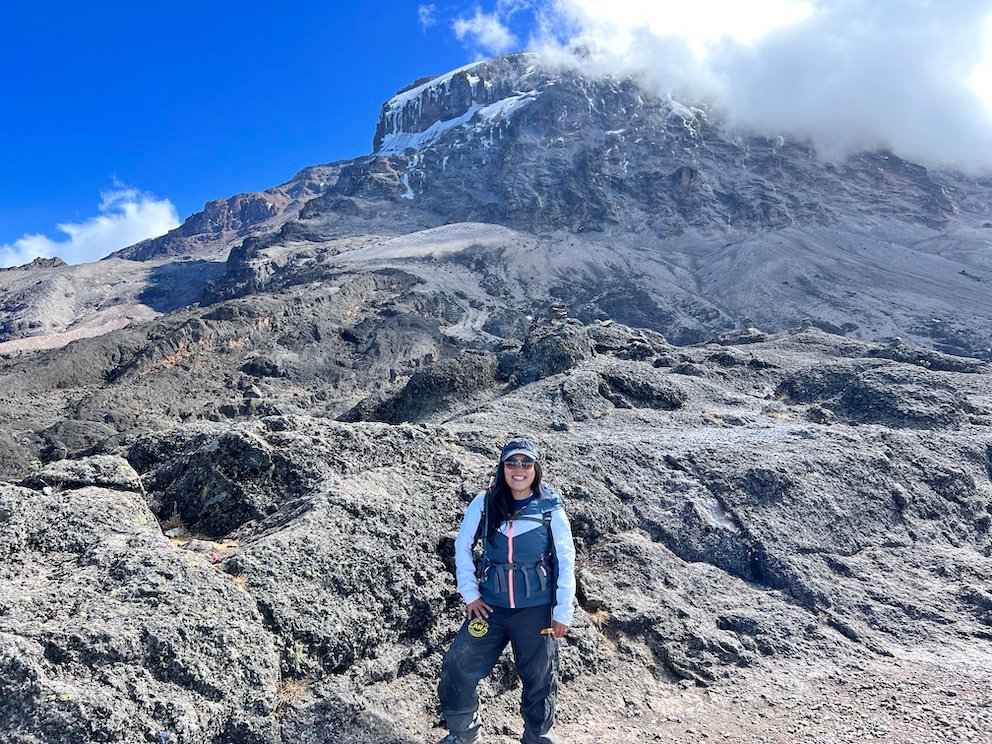
If the idea of hiking through midnight to make the summit does not appeal to you; 10 Day Northern Crater Routes breaks summit night into two parts. Because of the route and length of the Northern Circuit treks, you hike from Barafu base camp to Crater Camp near Uhuru Peak during the day (eliminating the gruelling overnight hiking element of most other treks) where you will actually sleep in the mountain’s crater near the summit – which is an interesting experience in and of itself. You will then make Uhuru peak summit via a short trek from Crater Camp the next morning. Note because your entire trekking party (cooks, porters etc) needs to climb to crater camp with you, 10 day Northern Circuit Crater routes are very expensive – but they also have the highest success rate at 96%+. In short, pick the longest trek you can afford. You don’t want to travel all the way to Kilimanjaro and not have made the summit wondering what could have been if you had just splurged on 1-2 extra days. If you have the time and money – do the longest trek you can afford.
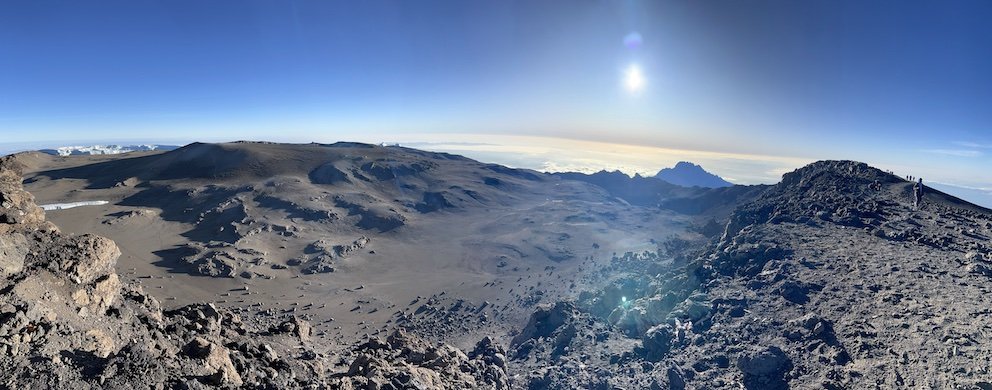
There’s a sort of strange level playing-field when it comes to who can summit Kilimanjaro. The trail is nearly completely non-technical – except potentially the Barranco wall – which even most beginners would find a way to pass without too many issues. Anyone with reasonable physical fitness can summit Kilimanjaro – a lot of it comes down to whether you’ve set your expectations correctly and chosen the right length of trek for acclimatisation and your physical abilities.
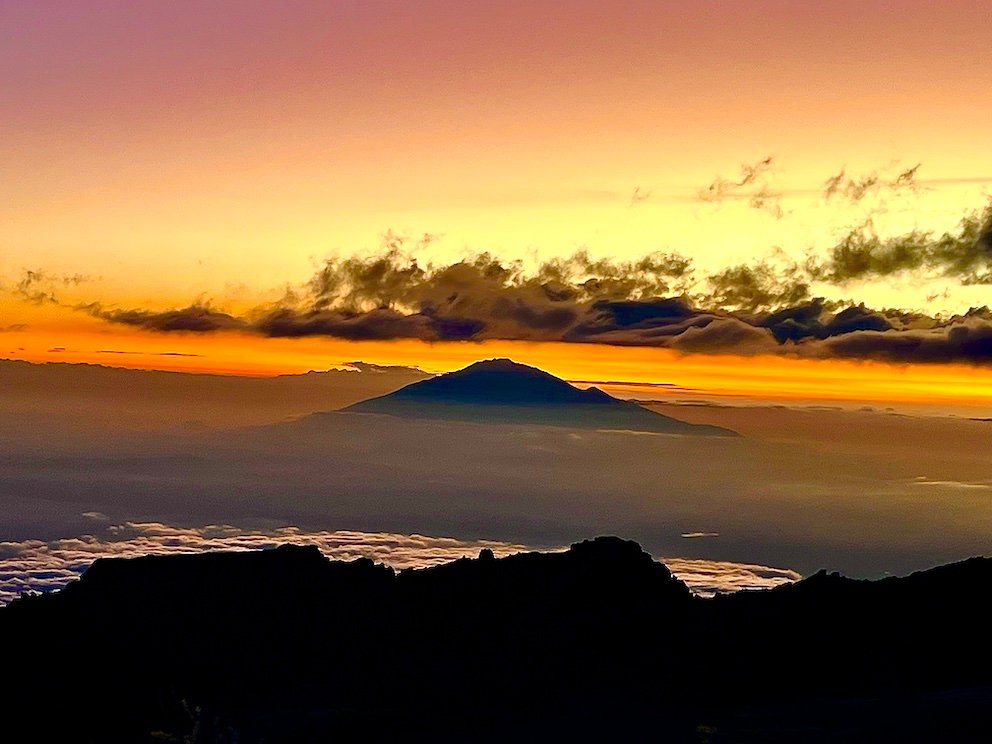
I saw the fittest people struggle, and even fail to make the summit; while more ordinary people – like me – succeed. Pacing is important – some people start out too fast – and burn out by time they get to the higher elevations. Other factors within one’s control is route length – doing the longest trek you can afford will greatly enhance the chances of a successful summit attempt. Practice hiking at high elevation prior to attempting Kilimanjaro is also something that can help you prepare mentally for how you react at high elevation as well as train your body to hike at elevation. The high elevation hiking I did in the Colca Canyon and Salkantay in Peru likely contributed to my success in Kilimanjaro.
There are factors that are outside of one’s control: sometimes body composition – paradoxically with some of the fittest people – such as young men under 30 – can hinder a summit attempt. It’s important to listen to your body when you attempt Kilimanjaro. While the trek is non-technical – people do die on Kilimanjaro every year – often due to physical conditions exacerbated by trekking at high altitude. Listen to your guides, and if something doesn’t feel right, don’t push on.

Climbing Kilimanjaro was one of the hardest things I have ever done. Every step I took on summit night was the hardest step I ever took. The challenge only deepened with each step until I reached the summit. A kind of re-birth happens though if you make the summit. It’s like you pushed your body as close to oblivion as it would go – finally to be revived by ecstasy at the top. Energy and amazement surges through your body as you stand at the Ceiling of Africa – and you take in the majesty of where you are, and what you have achieved.
